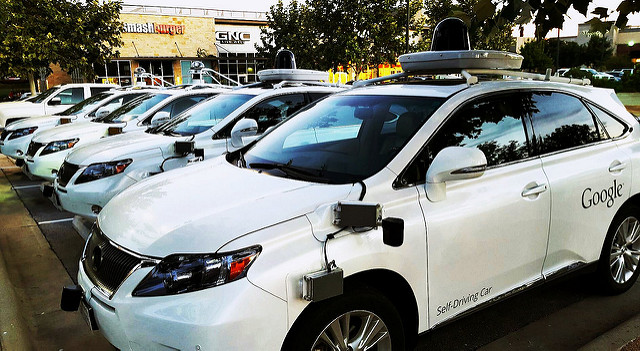Fast Company recently published an article on the need for public ownership of an autonomous taxi utility. The article makes a case for why cities must own both the network and physical cars of the service. It is definitely worth checking out.
But what “ownership” of a taxibot network actually means is potentially confusing. That’s because a taxibot network will consist of at least three core components: 1) the taxibot fleets; 2) a physical infrastructure that allows the taxibots to communicate with the city, like an elaborate network of Wi-Fi routers; and 3) a set of operating systems and protocols that allows the taxibots to communicate with each other, as well as with other cars on the road.
It makes sense that a city would own both the physical infrastructure and the operating system that allow it to operate. Centralized public ownership would allow both an equitable and standardized system to develop. The standardization would lead to the acceleration of an economy of scale and the cost savings associated with that. I tend to believe that the ownership of taxibot fleets should be left to the market—imagine luxury and budget providers.
Another big issue, and I think the central selling point of a publically owned network: Who owns the data?
Every taxibot will be a node on a network, producing all sorts of data. This data will be valuable for the same reasons that any kind of consumer data is valuable: It can be used to improve products and services (which is a good thing) and market things to people that they may not need (which is a bad thing).
All in all this is a great article. It also begs the question, given the inevitable rise of an autonomous taxi service, why are are smaller cities without existing infrastructure (Milwaukee) still considering investing in costly light rail? Shouldn’t we be looking towards the future?
